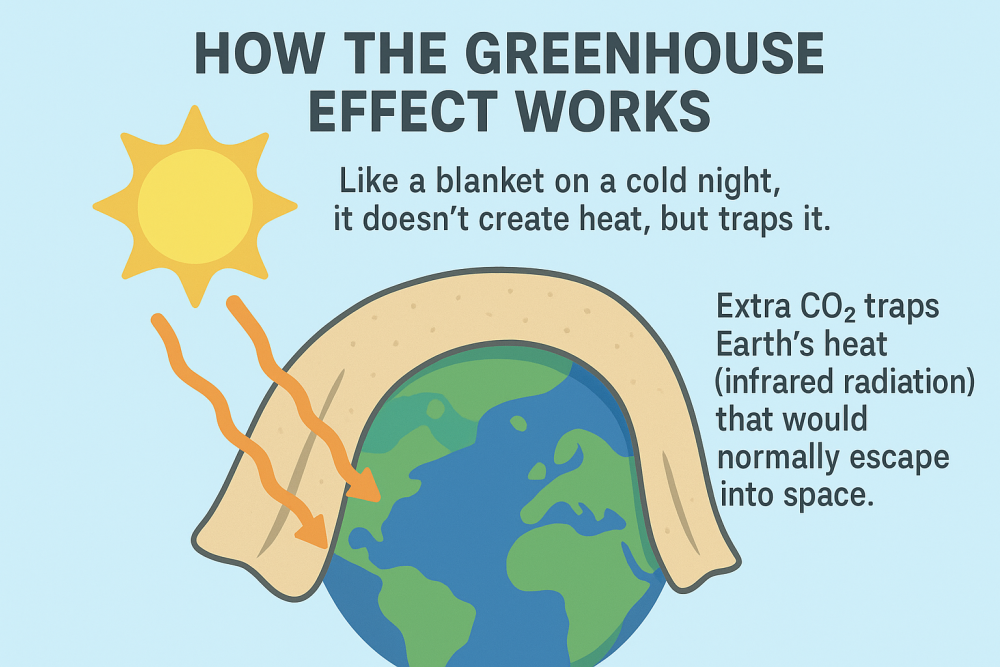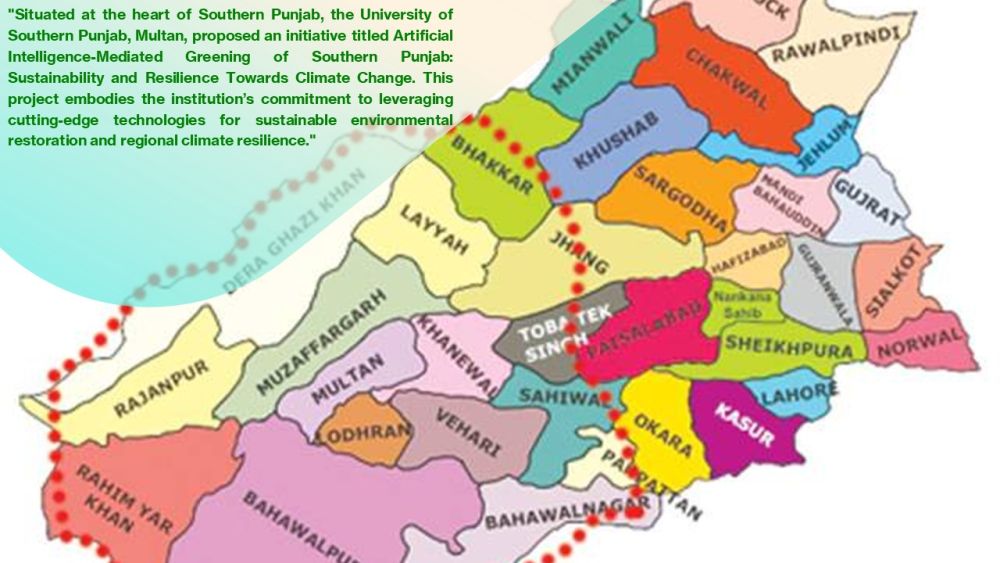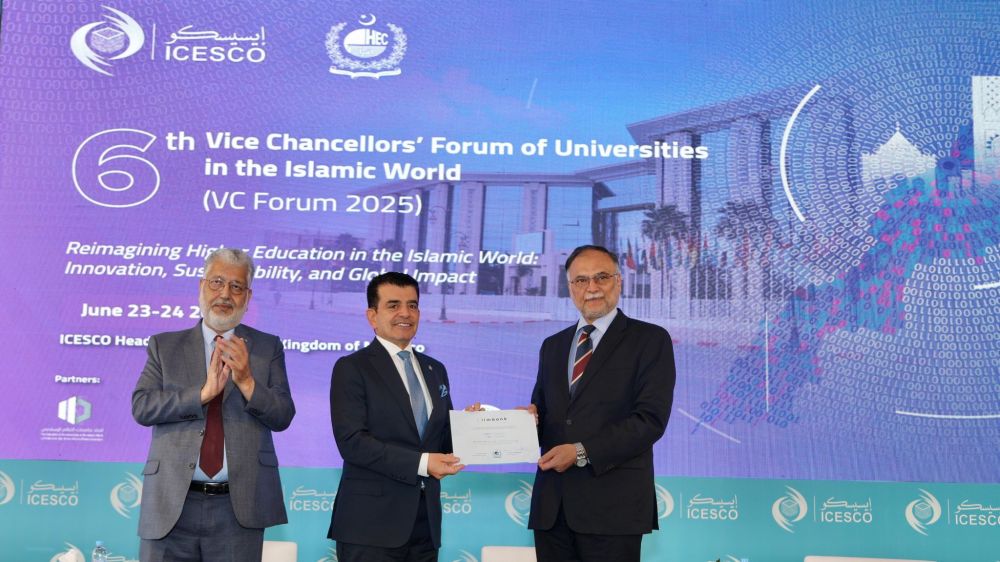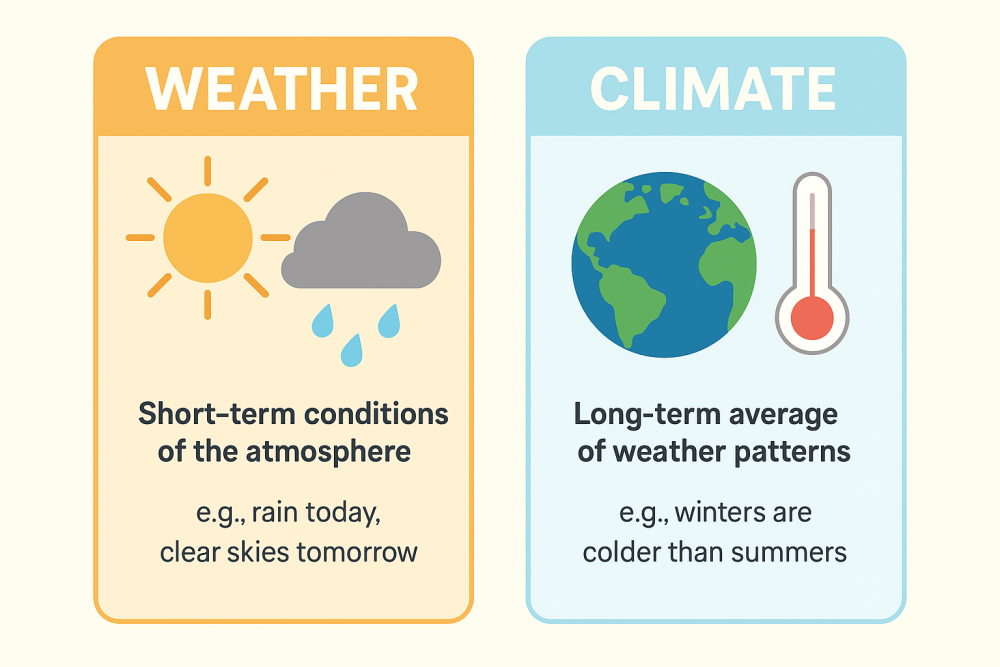28/25 "Greening ASEAN's Future: How Technical Education is Sparking an Innovation Revolution"
Posted 5 months ago
It is an established reality that climate targets are tightening, and the window to reverse ecological damage rapidly narrows. The Association of Southeast Asian Nations (ASEAN) region is leading a quiet yet profound transformation that could set a global benchmark. At the center of this movement? Not politicians or activists, but a group of inspiring individuals-educators, vocational trainers, and community innovators. As outlined by Dr. Margarita Pavlova in her compelling keynote, 'Green Transition in ASEAN: Greening TVET as a Driver for Innovation and Community Engagement,' these individuals are the driving force behind a new model for sustainable development, powered by technical and vocational education and training (TVET) and fueled by green innovation.
From Skills to Sustainability: The TVET Pivot
The TVET is no longer considered the fallback option in education. Today, it's regarded as a master key to unlocking green economies and low-carbon futures. Pavlova's framework argues for a comprehensive and systemic transformation, where education is not only about employment but also about empowerment in sustainability.
At the heart of this shift is the development of green human capital workers, thinkers, and leaders trained in sustainable practices, equipped with critical thinking skills, and embedded in their communities. This model aligns with the ASEAN Carbon Neutrality Strategy and is already finding roots in national roadmaps like Malaysia's Green Skills Framework and Thailand's VET 4.0 strategy.
As Pavlova puts it, "Innovation must become the driving force that transforms curiosity into solutions, challenges into collaboration, and ideas into action."
The Innovation Engine: Education, Science, Culture
What sets ASEAN apart is the unique confluence of science, education, and culture, interlinked through a Quintuple Helix Model. This model, adapted from Carayannis et al. (2012), weaves together five dimensions: knowledge creation, environmental stewardship, political engagement, economic systems, and cultural values. Each of these dimensions plays a crucial role in developing and implementing sustainable solutions, from creating knowledge to applying cultural values in the design of policies and technologies. This holistic framework enables a pipeline of sustainable solutions from lab to field and from classroom to community.
Consider the Smog-Free Tower and the Smog-Free Bicycle, the innovations that cleanse urban air and inspire eco-conscious design thinking. Air Carbon Technology, which turns greenhouse gases into biodegradable plastic, is already being piloted by major retailers like The Body Shop. These technologies are more than science projects; they are live educational tools and policy instruments in the hands of the next generation.
Data-Driven Directions: What the Research Says?
Using a rich meta-analysis of over 280 scholarly works drawn from Web of Science and Scopus, Pavlova's team identified six thematic research clusters, ranging from instructional design to human capital economics. One powerful insight? Much of the momentum is policy-driven. Government-backed documents were the most cited sources, reflecting a top-down urgency matched by bottom-up innovation.
For example, fixed-effects econometric models revealed measurable reductions in carbon emissions and boosts in green employment where green TVET investment was high. Simultaneously, curriculum designers across ASEAN are embedding modules in solar energy, sustainable agriculture, and circular economy into their technical programs.
The message is clear: evidence-based educational reform isn't just possible, it's already happening.
Indigenous Wisdom Meets AI: Green Culture as Curriculum
Sustainability isn't just about technology; it's about mindsets and values. That's why the integration of Indigenous knowledge systems, like Bali's Subak irrigation (now enhanced with AI) or typhoon-resilient bamboo housing in the Philippines, represents more than case studies. They symbolize a cultural renaissance rooted in eco-innovation.
According to Pavlova, "Green skills encompass knowledge, technical ability, and values, and often, these values are embedded in indigenous traditions that emphasize harmony with nature."
This cultural dimension extends to student entrepreneurship, with green projects and community outreach forming the bedrock of many technical institutions' engagement strategies. In essence, campuses are becoming living labs of sustainability.
The Institutional Leap: Greening the Entire TVET Ecosystem
The proposed greening of TVET is not incremental; it's systemic. Pavlova outlines five pillars:
- A green curriculum that integrates sustainability across disciplines
- Green campuses with low-carbon operations
- Green research is aligned with environmental impact
- Green workplaces and communities through outreach and internships
- Green institutional culture, where values and policies reinforce environmental responsibility
The keynote cited UNESCO-UNEVOC's 2017 guidelines, which provide a strong model for institutions ready to take this leap.
ASEAN's Global Moment
The green transition sweeping through ASEAN is not isolated. It mirrors efforts in the European Union's Green Deal, China's ecological civilization framework, and the U.S. Inflation Reduction Act's green reskilling initiatives. However, what makes ASEAN uniquely poised is its interweaving tradition with innovation and its community-first, culturally grounded approach.
In Dr. Pavlova's words, "We must build a bridge between education, culture, and science, not just to develop green talent but to create scalable, context-sensitive solutions that resonate across borders."
As climate urgency collides with a demand for green economies, ASEAN's commitment to greening TVET offers a replicable model for the world. It's not about choosing between economy and ecology, but harmonizing them through education that inspires, informs, and innovates.
As green is often said to be the new gold, TVET institutions are the refineries producing the most valuable currency of all: a future we can live in.





